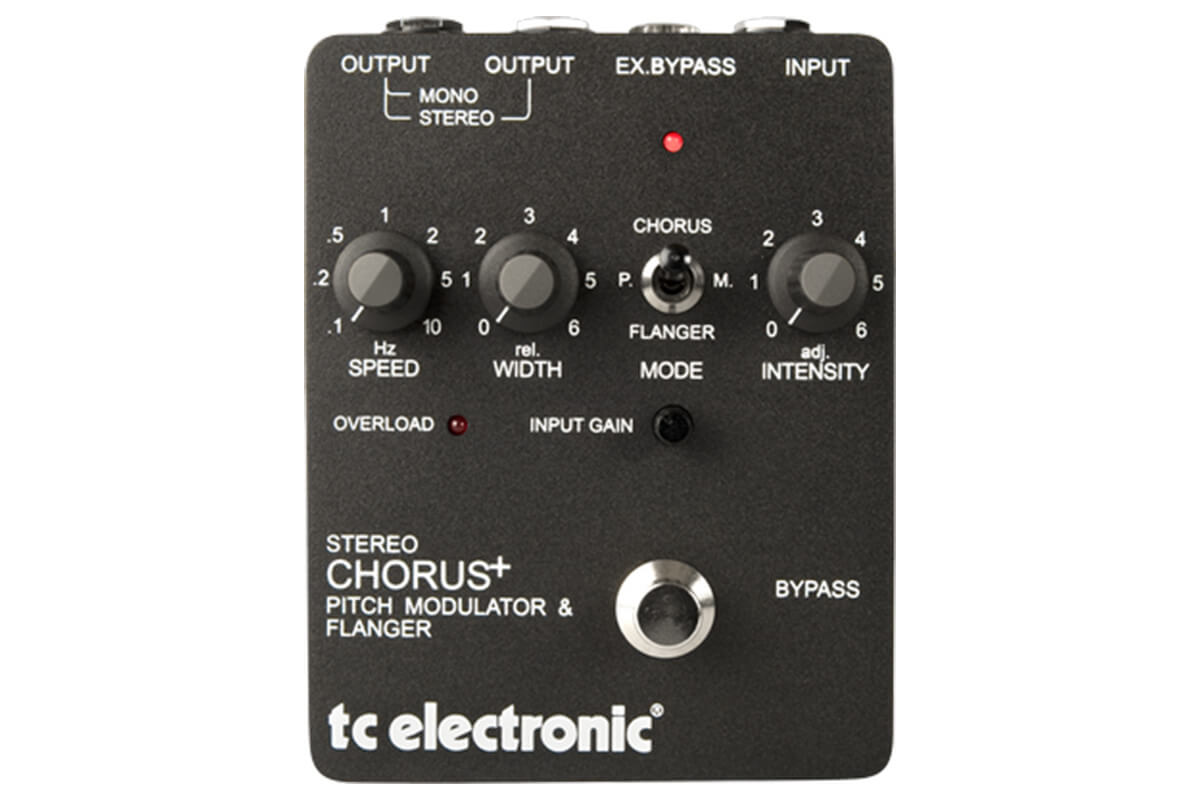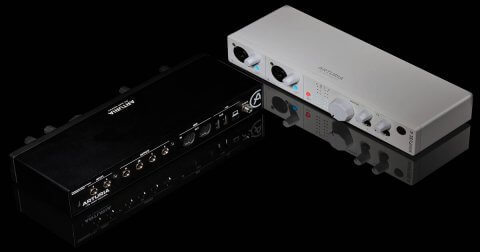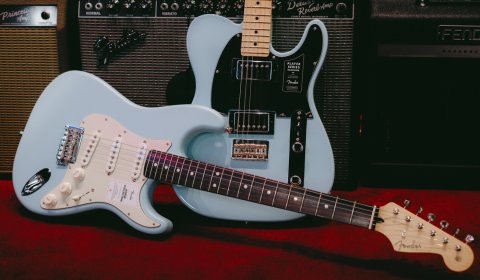Listen to the opening riff of Heart’s iconic single, Barracuda: the first thing to hit is the heavy overdrive. It rumbles with the intensity of a buffalo stampede. Then a sweeping, whooshing effect that elevates the entire riff, taking the opening to a whole new level.
This psychedelic effect that makes the riff even more epic, is the flanger.
Barracuda is just one of many iconic songs which heavily feature modulation effects. Modulations serve as the indispensable ingredient for many artists. From Eddie Van Halen’s extensive use of the phaser to Andy Summer chorus-laced guitar riffs, modulation effects are littered all over songs from every decade since the inception of electric instruments.
Dive into the trippy world of modulation as we give the lowdown on the vibrato, phaser, flanger and chorus effect and explain their differences.
Beginnings
One of the earliest effects wasn’t even designed for guitar. The Leslie rotating speaker was first designed to be used with the Hammond B3 organ. It was a cabinet which contained a rotating treble speaker and a bass speaker placed inside a rotating drum which had a narrow aperture for sound to escape. This Leslie produced a sound like no other. Its swirling, warbly, ethereal sounds became a mainstay among organ players, and unsurprisingly, it soon piqued the interest of electric guitar players.
The impractical and bulky nature of the Leslie rotating speaker meant that musicians looked elsewhere to replicate its signature sound on the stage and in the studio. That’s where pedals comes in.
Vibrato

Although not an effect you hear of as much as its more popular counterparts, vibrato was one of the first modulation effects that guitarist adopted. Trying to recreate the sounds of the Leslie rotating speaker, these guitarists created a need for a smaller, more reliable effect that could take the strains of touring.
The vibrato effect involves modulation of pitch – imagine bending a guitar string back and forth. At high-intensity settings, you can achieve almost seasick sounding noises. Early adopters of the vibrato effect were Jimi Hendrix, and its undisputed champion – Robin Trower.
Try with: Turn the rate up high and use with open and bright chords to simulate a high-speed Leslie effect.
Flanger
The Beatles are probably one of the most influential bands in all of music. Less known is their significant influence on the world of effects.
John Lennon, tired of double tracking his vocals during a session at Abbey Road Studios, asked his engineer Ken Townsend if there was an easier way of doing it. Townsend played the same signal on two different tapes, then slowed down one signal by pressing a finger on the flange of the tape reel. This time delay created that jet plane sound that we all recognise today as flanging.
The unmistakeable flange effect can be heard on plenty of records in the 70s and 80s – Barracuda being one of them – and is favoured by guitarists like Eddie Van Halen.
Try with: Use flange to highlight a portion of the song, for example, the last few bars transitioning from the bridge to the chorus.
Phaser

Sometimes referred to as the flanger’s smaller sibling, the phaser was a pedalboard staple of many guitarists since the mid-70s. It can be heard across many genres from rock to funk and its subtle nature makes it more versatile and less of a “statement” kind of effect.
Like a flanger, a phaser splits the sound signal into two, and that’s where their similarities end. Instead of delaying the second signal, a phaser puts it out of phase, then combines the original signal at the end. This gives a subtle sound with a swirling effect.
Try with: Set the phaser at a slow rate for an “in-the-background” illusion of forward and backward sound movement.
Chorus

Play any rock record from the 80s and you’ll be hard pressed to find one without the chorus effect. It became a staple for guitar riffs until the early 90s.
Just like phasers and flangers, a chorus doubles the signal. The second signal is delayed and detuned, then mixed back with the original signal, producing a lush, shimmering effect.
Try with: Arpeggiated clean guitar parts. Or use to subtly double a guitar solo for a thicker tone.
Because these modulations are so similar to each other, pedals that do multiple sounds aren’t uncommon. And especially with digital technology leading the way, it’s not uncommon to find chorus pedals with vibrato modes or flangers with phasers, even multi-effect modulation pedals.
Modulation pedals are a source of endless fun and experimentation. Head down to the Swee Lee flagship store to give these pedals are try. Find your own signature modulated sound!
[the_ad id=”2989″][the_ad id=”2991″]





